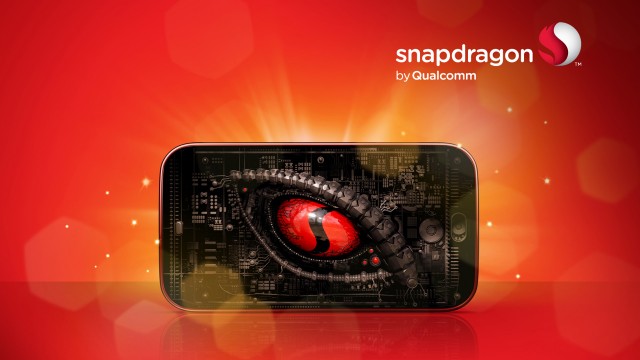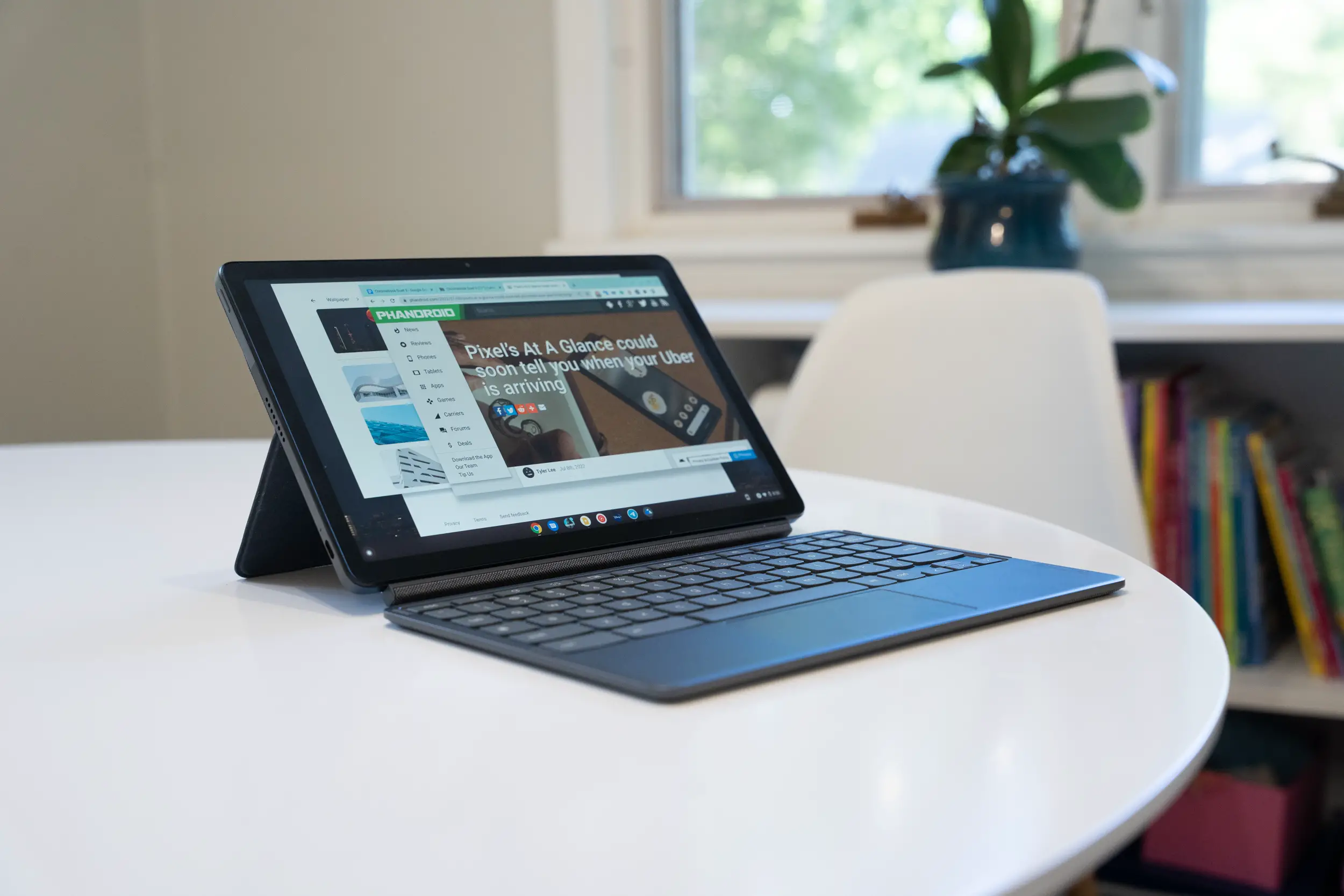
Alongside an announcement that they’ve teamed up with CyanogenMod, Qualcomm had some other interesting news to share this morning. The first bit of news pertains to the next generation of Snapdragon.
The details are scarce at the moment, but we’re told to expect Snapdragon “820” to be built with a FinFET 14nm or 16nm process, which would make for a physically smaller die that uses less power. Qualcomm will also be taking this opportunity to introduce their own mobile 64-bit CPU architecture named “Kryo,” which is a custom ARM v8-A chip. Sampling will begin later this year, which should mean first devices will start to use the new chipset as soon as this time next year.
But that’s not even the most exciting news out of Qualcomm today. The company announced a new fingerprint scanning technology that utilizes 3D imaging through supersonic waves to capture a user’s fingerprint instead of 2D-based sensors currently used by the likes of Samsung and Apple.
Dubbed “Sense ID,” the fingerprint scanner’s ability to capture a print using supersonic waves enables the scanner to be used even if the scanner’s surface is covered by plastic, glass and metal. Imagine a device that doesn’t require a physical home button or any other visible, tangible part that the user has to interface with in order to enable fingerprint scanning — !%&* just got real.
Samsung currently uses Synaptics’ surface area fingerprint scanner for the Samsung Galaxy S6. As you’ll see in our quick video showing the feature it doesn’t require you to swipe anymore, but it does still require a physical surface (and we suspect that’s the main reason Samsung still uses physical home buttons aside from visual differentiation). Apple would wet itself if Samsung could finally meet everyone’s wishes to ditch that button and place a scanner beneath a small bezel area unseen by the user.
More than just practicality and design, the ultrasonic 3D imaging also makes Qualcomm’s implementation more secure. The sensor’s ability to map the surface area — including the depth of the ridges and all the other unique imperfections in your fingers — makes it harder for no-gooders to spoof a 2D pattern based on your fingerprint.
Qualcomm says some of their current chips (namely the Snapdragon 810 and the Snapdragon 425) already support Sense ID, so device manufacturers planning to use their latest silicon will have the option to put these scanners inside forthcoming phones without much issue. Qualcomm is also working on a standalone solution for even more flexibility.
As good as the fingerprint scanning technology on the iPhone 6 and Samsung Galaxy S6 is right now, Qualcomm’s innovative take on it has us looking forward. We can’t wait to see who’ll be the first to take advantage.











Samsung LOOOOOOVES these stupid buttons. this article is BLASPHEMY to any sammy fan I’m sure. I love not having anything on the front of my phone except for screen. and speakers! its why i’ll not buy a samsung device until they change SOMETHING. That stupid button has been on every samsung phone for the past 10 years it seems like.
Not if sammy is going to start using their own chipsets.
Qualcomm is making a standalone solution so the chipset is irrelevant.
I love the button I just wished they used a multi-color L.E.D like the LG Volt
1) you don’t “need” a fingerprint scanner
2) since #1 is true, Samsung does not “need” a reason to drop the button – just drop it
3) this whole thing scares me as I wonder if you do this, you just added your fingerprint to a massive DB – one that is tied to you given they have the rest of your phones info: name, address, phone #, emails, friends contacts, photos… all tied to a fingerprint. Tinfoil hat?
I wish Sammy would ditch the button.. it was cool 4yrs ago.
Nice going Qualcomm! Looks cool.
The article seems incorrect on so many levels
Although its propietary, apple’s touch ID sensor can already be integrated under a sapphire glass screen with no “physical home button or any other visible, tangible part that the user has to interface with.”
Also, Samsung has had a central physical home button on pretty much every one of its phones since the first Galaxy S. Its inclusion is part of Samsung’s design language, not just to hide a fingerprint scanner under.
Except you forgot the part where I already said part of the reason Samsung still uses home buttons is due to differentiation:
“and we suspect that’s the main reason Samsung still uses physical home buttons aside from visual differentiation”
Also, Apple’s scanner still has to be implemented in a way that the sensor can physically detect the thumb. Yes, it can work through glass, but not metal or opaque plastic.
Not sure what is incorrect about anything I said.
Apologies. It was definitely wrong for me to saying any content was incorrect.
I guess what I meant to say is that I found the title misleading, since I feel that whether or not Samsung gets rid of its home button isn’t impacted by this new tech at all.
Home button FTW!
some cool but creep stuff – lol
Now this is innovation!!!!!
Yes it is innovative.. I’ve been with Sammy since the s2 and always wish the subsequent Galaxy series would ditch the damn button, but nope
This looks awesome the only things that could go wrong are speed and cost. Cost only because when they start showing it for the medical system they might be thinking enterprise, not retail.
Put one in the Moto dimple like the Nexus 6 was supposed to have!
I guess I’m the only one that really prefers to have capacitive buttons rather than screen space taken up. If there’s going to be bezel, they really ought to put the buttons on the bezel.
I guess you could also consider the space used by the capacitive buttons space that would hold a larger screen, thus making the screen space taken up by the buttons when they are on screen the same screen space taken up by the existence of physical buttons.
There hasn’t been a phone that I’ve seen yet where they couldn’t have fit capacitive buttons on the bezel.
And they would go where, on the Nexus 6? Don’t forget the additional hardware to support the capacitive buttons, too. Gotta fit that there.
Right as they move to Exynos
Finally! A solution to a problem I don’t have.